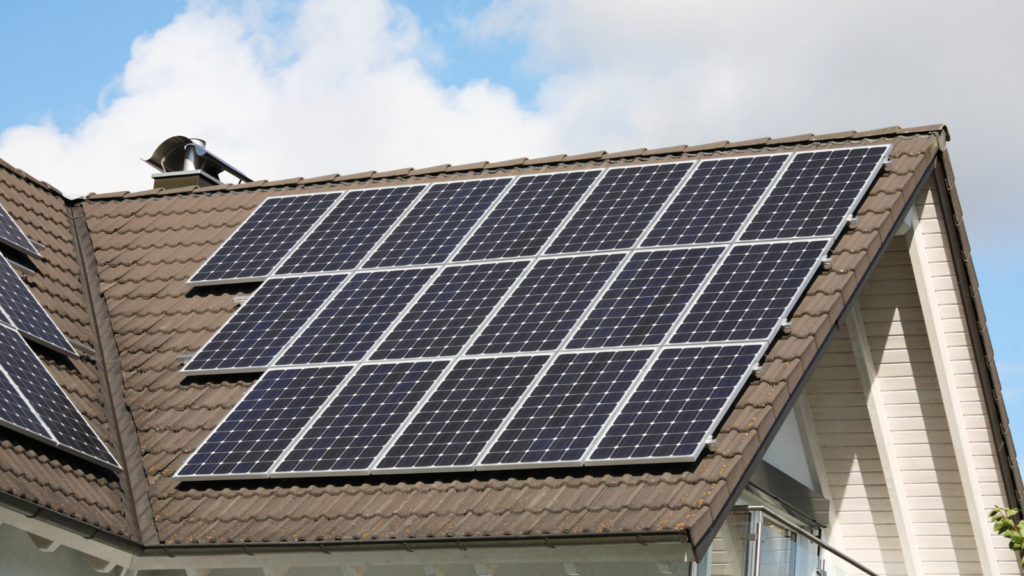In an age where environmental sustainability is becoming increasingly important, the search for renewable energy sources has gained momentum. Among these, solar energy stands out. But how exactly do those sleek panels on rooftops convert sunlight into usable electricity?
Understanding Solar Panels: The Basics
At their core, solar panels are comprised of photovoltaic cells, commonly known as PV cells. These cells will be constructed from semiconductor materials, most commonly silicon. When sunlight strikes these cells, it excites the electrons within, creating a flow of electricity. This phenomenon, known as the photovoltaic effect, forms the foundation of solar energy generation.
The Inner Workings of Solar Panels
Each PV cell consists of multiple layers with distinct properties. The top layer is typically made of silicon doped with phosphorus, which provides free electrons. Below this lies a layer doped with boron, which will create holes where electrons can move. When photons from sunlight hit the silicon, they knock electrons loose from their atoms. Therefore, creating an electric current as electrons flow through the cell.

The Role of the Inverter
While panels generate direct current (DC) electricity, most household appliances and the power grid operate on alternating current (AC). This is where inverters come into play. They convert the DC electricity produced by solar panels into AC electricity, ensuring compatibility with household devices and enabling the excess energy to be fed back into the grid.
Maximising Energy Efficiency
Several factors influence the efficiency of solar panels, including the angle and orientation of the panels relative to the sun, the presence of shading, and the quality of the materials used in manufacturing. Furthermore, advancements in technology continue to improve the efficiency of panels, making them increasingly viable as a primary source of electricity.
The Benefits of Solar Panels
From substantial reductions in electricity bills and increased home values to insulation against rising energy costs and enhanced energy independence, panels represent a wise investment for homeowners seeking long-term sustainability and financial stability.
Whether you’re considering solar panels for your home or simply curious about this innovative technology, exploring the science behind solar energy opens doors to a brighter, cleaner future for generations to come.

